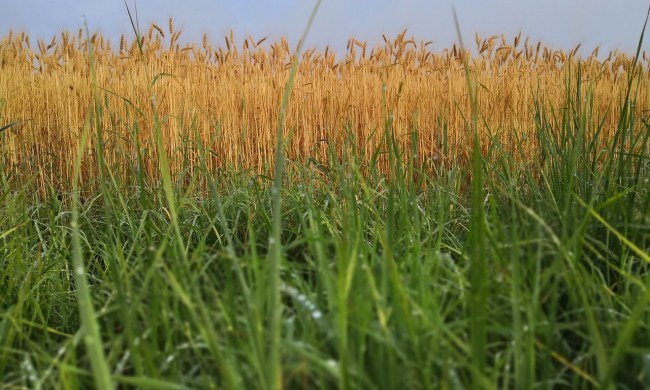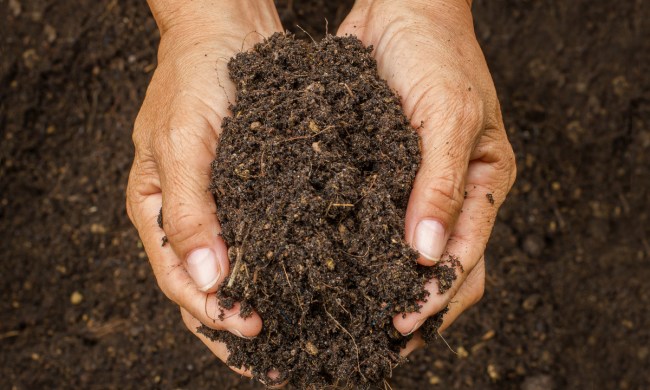A lush, green lawn is the dream of many homeowners, and zoysia grass can provide that for many. If you’re looking for the best grass seed for your lawn, then zoysia grass might be a good fit. Zoysia grass is a beautiful, warm-weather grass that is drought tolerant and has a nice, even green color. It’s low maintenance and easy to care for, even for beginners. However, with this grass, you can run into a few problems.
There are four common zoysia grass problems that you should know about when planting your lawn. If you want to be prepared to combat these problems or are looking for help diagnosing a problem in your lawn, then this is the guide for you.
Brown patch
Brown patch is a fungal infection, and it is also referred to as large brown patch, yellow patch, or Rhizoctonia blight. It’s common in many warm-weather grasses and caused by the fungus Rhizoctonia solani. The first signs of brown patch are relatively small circles of brown or yellow grass. The soil in these areas will be wet or damp. These spots can spread and join together, encompassing large portions of your yard.
Brown patch is most common during hot, humid weather. If your soil has poor drainage, then your grass is at an increased risk. Overly rainy conditions or watering your lawn too frequently also increases the risk of developing brown patch. This is because Rhizoctonia solani thrives in hot, wet conditions.
Typically, brown patch clears up on its own when the weather becomes less humid. To help your lawn recover, reduce the amount of watering you do on a weekly basis. Zoysia grass only needs watering once a week, or less if it rains.
You may also need to check your soil’s drainage. Clay-heavy or poorly draining soil retains more moisture. You may need to use soil additives to improve the drainage, decrease the amount of watering you do, or plant a more water-tolerant grass species.
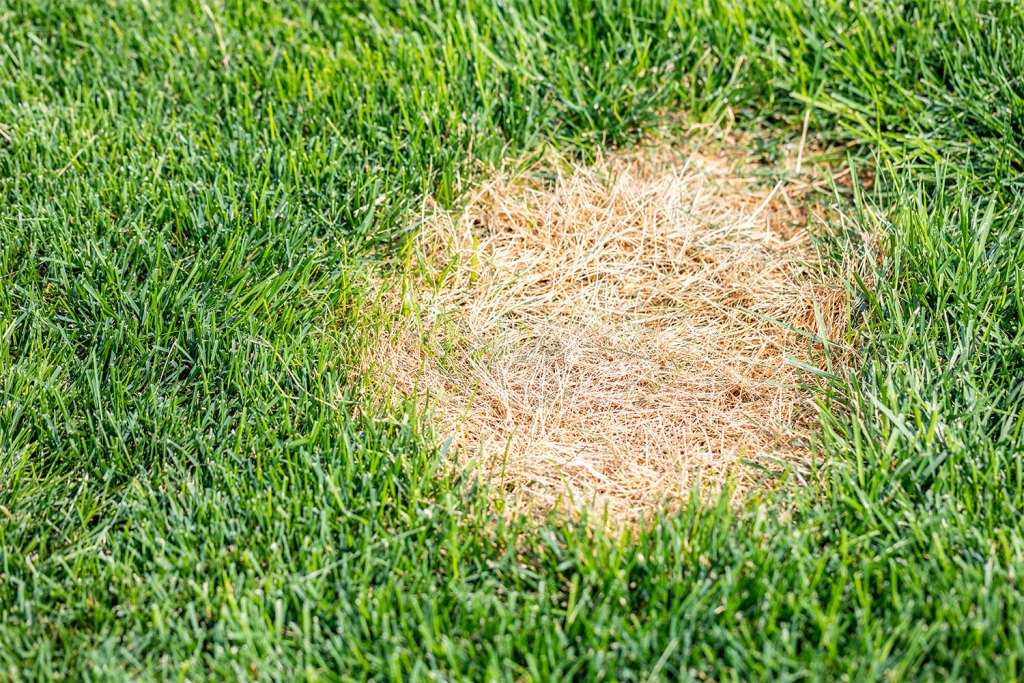
Thatch buildup
Thatch is a layer of dead grass that forms around the base of the grass. It’s most common in grass that spreads by rhizomes or runners, which form above ground rather than underground. A small amount of thatch is normal, but it can cause problems for your lawn when it builds up. As the layer thickens, it can constrict the grass blades, choking them. They aren’t able to get all the air, nutrients, and water they need, which causes more grass to die and contribute to the thatch.
Dethatching your lawn on a semiregular schedule is a good idea. It’s a simple task that you can add to your spring lawn maintenance routine. Spring is the best time to dethatch a lawn, because the grass is already growing and can repair any damage that occurs during the process. Additionally, if the layer of thatch ever exceeds half an inch, then it’s time to dethatch your lawn. You can purchase or rent a dethatcher or power rake from gardening equipment stores.
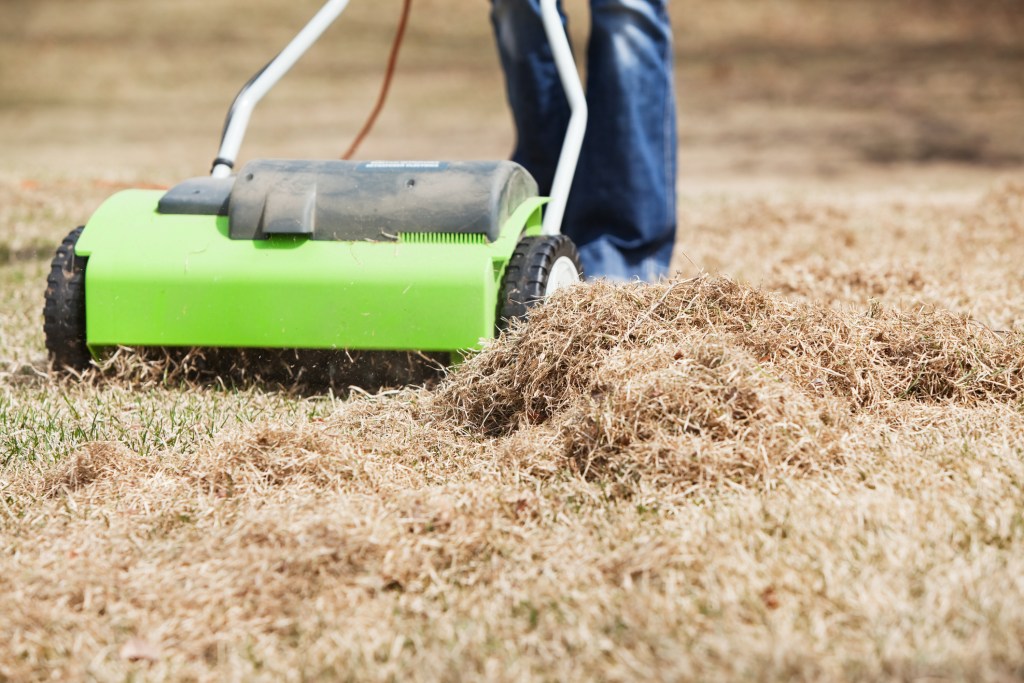
Cool weather
Zoysia grass is a warm-weather perennial, which means it enjoys the heat of spring, summer, and early fall. However, in mid to late fall, it does begin to turn brown. If you live in a region that’s warm year-round, then you may not have to worry about this. Zoysia grass is a perennial, which means it grows back the following spring, as long as the winter doesn’t get too cold. If you live north of zone 6, some or all of your zoysia grass may not return. If your zoysia grass did not return once the temperature warmed back up, then you should reseed or seed with a different grass.
If you live in a region with cold winters and mild summers, then your best option is to grow a cool-weather grass, such as Kentucky bluegrass or tall fescue. In middling regions, with warm summers and mild winters, planting a cool-weather grass alongside your warm-weather zoysia can keep your lawn green year-round.
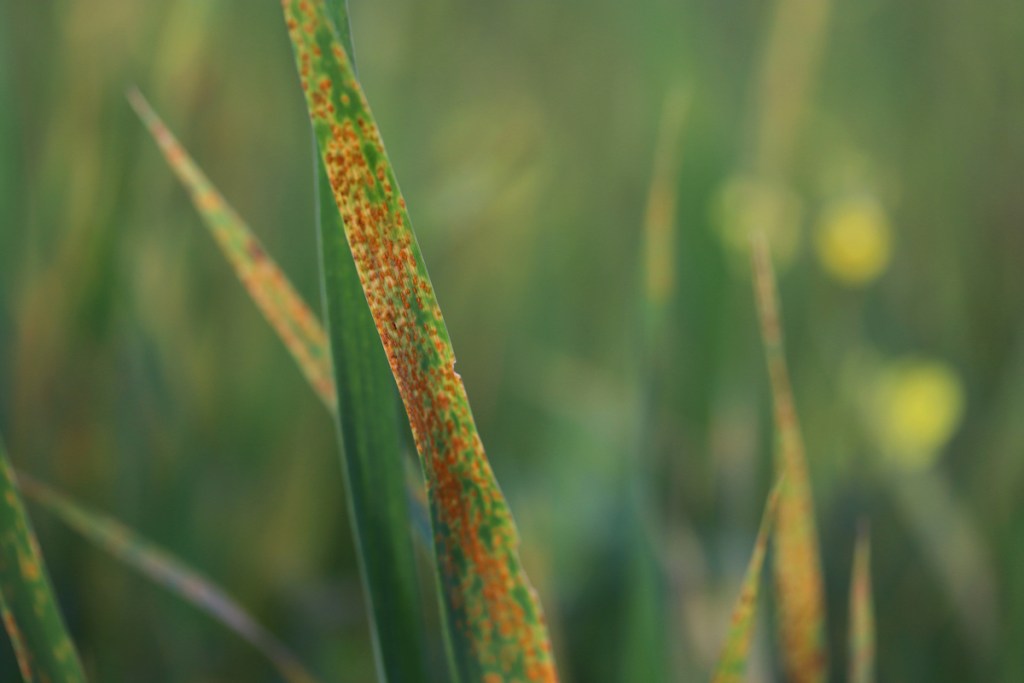
Rust
Zoysia grass is particularly prone to developing lawn rust, a fungal infection that causes red and orange spots. This is because the conditions that lawn rust finds favorable naturally weakens zoysia grass, and weak plants are more vulnerable to diseases, pests, and fungal infections. A fungus in the Puccinia genus caused lawn rust. This fungus thrives in moist, cool, and shady locations. Zoysia grass is vulnerable during the fall.
Prevent lawn rust by planting your zoysia grass in full sun and watering it only once a week. Lawn rust is easier to treat than other fungal infections, which may require fungicide. Instead of chemical sprays, treat your lawn with high nitrogen fertilizer. You can use slow-release fertilizer as a preventative measure, or apply a quick-release fertilizer to treat an existing infection.
Zoysia grass is a good fit for many lawns, and knowing what problems may occur can help you make sure it’s the right fit for you. The most important thing to keep in mind when dealing with your lawn is that grass is a plant just like the ones in your garden. Like any plant, proper care can help you avoid most problems. For zoysia grass, proper care means planting it in full sun, growing it in warm weather, and only watering it when necessary.


